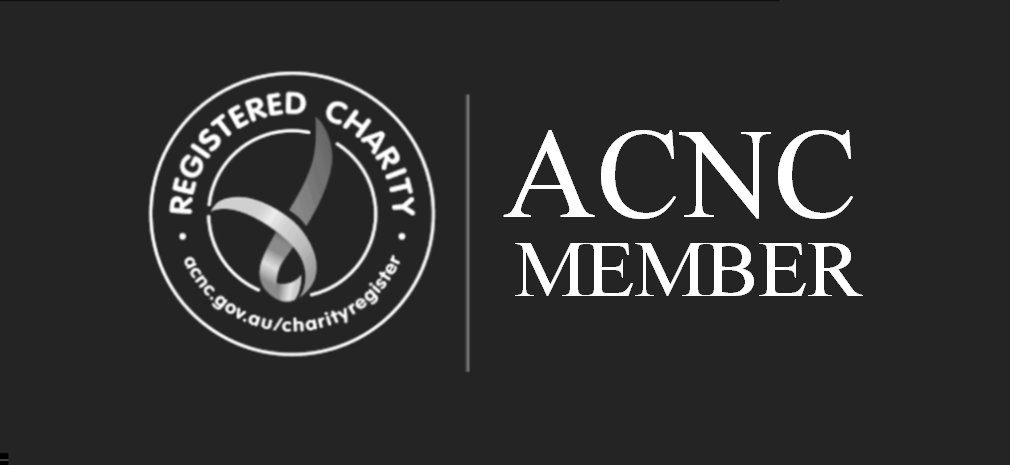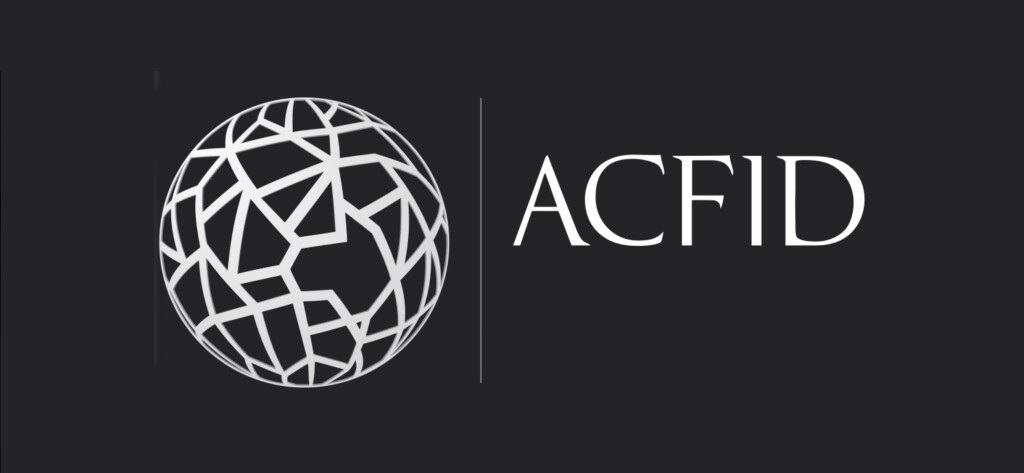.
DAISI is committed to protecting the environment.
By reading and agreeing to this Code of Conduct, you will be more aware of ways you can protect the environment & reduce your carbon footprint during your volunteering in the South-Pacific.
.
Code of Conduct Checklist.
All DAISI staff, volunteers and members must adhere to the following Environment Protection Code of Conduct:
- Realise the importance of protection the fragile ecosystem and environment of Islands in the South-Pacific while working with DAISI.
- Be respectful to the environment.
- Be sensitive and actively look for ways to reduce DAISI’s negative impact on the environment during DAISI trips to the South-Pacific.
- Be aware that cultural differences exist between countries and communities in the South Pacific, and that limited resources In these mostly poor South-Pacific Islands may result in disposal of waste in manners which in Australia are considered environmentally unfriendly.
- Be aware of the facilities available for disposing of waste and situations where waste generates by DAISI’s trips may be disposed in a manner that may be harmful to the environment (eg incineration, dumping as landfill or inadvertent entry to waterways and the ocean)
- Whenever possible avoid single use of plastic packaging and single use instruments.
- If donating equipment try to find re-usable rather than single use items.
- Make yourself aware of the local methods fir dealing with medical waste on the community or hospital you engage with.
- Be conscious of the excesses in packaging of many medical and surgical supplies and where possible remove this excess in packaging before taking or sending items to the South-Pacific.
- Enquire with partners in host counties as to what equipment is really needed to avoid sending items which will not be used and end up as waste.
- Ensure at least 12 months shelf life of all medical equipment (as per WHO guidelines) sent to the South-Pacific
- Ensure Medical and surgical equipment is fully functioning and where possible serviced before sending to the South-Pacific
- Where possible provide ongoing service and maintenance of equipment,
- Use low carbon emitting energy sources (eg solar, wind) in preference to high carbon emitting sources (diesel) when possible.
- Travel economy on flights and use direct routes.
- Offset Carbon emissions whenever possible.



